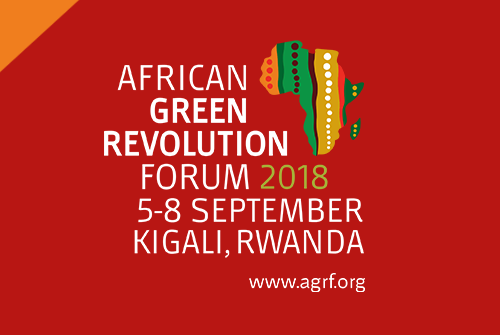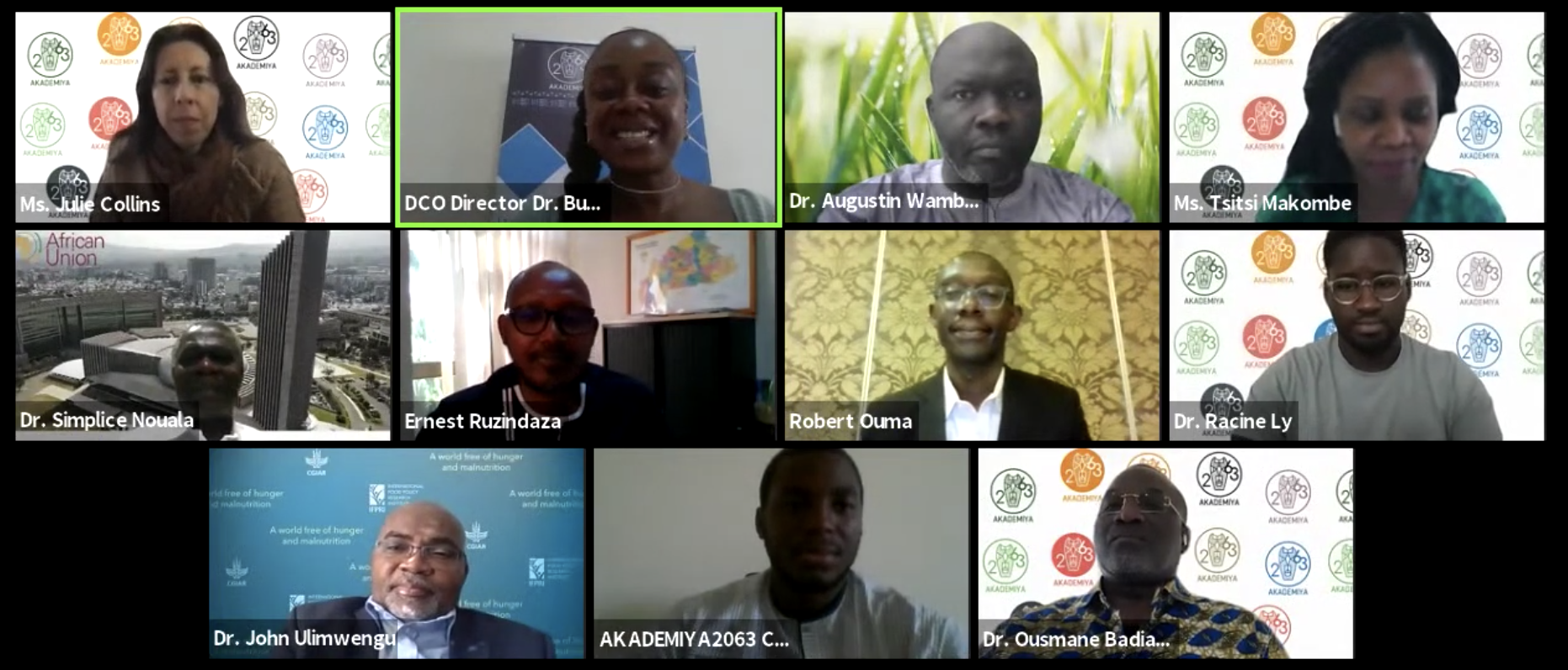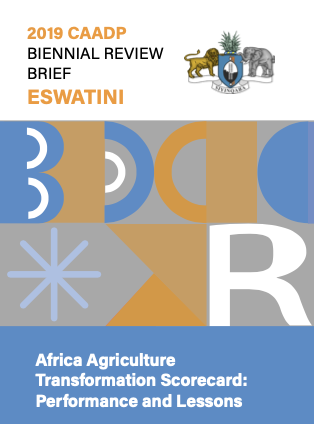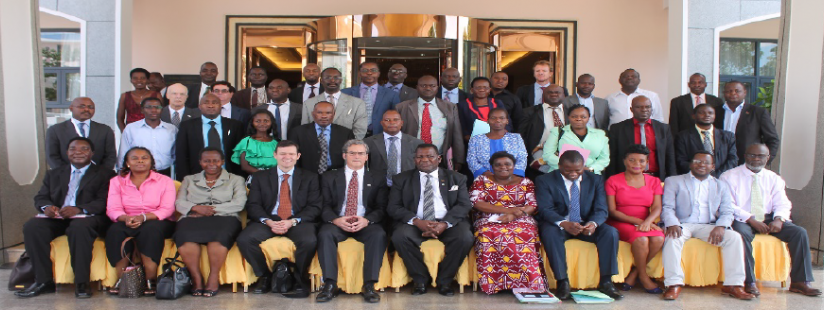Fourth CAADP Biennial Review Brief: Malawi
AUTHOR
Joseph Kanyamuka, Emmanuel Mwanaleza, Innocent Pangapanga, Readwell Musopole, Charles Chinkhuntha, Greenwell Matchaya, and Chisomo Chiwewe
SERIES NAME
Biennial Review
YEAR
2025
ABSTRACT
The Malabo Declaration on accelerated agricultural growth and transformation for shared prosperity and improved livelihoods is a set of goals adopted by Heads of State and Government of the African Union in 2014 in Malabo, Equatorial Guinea (AUC 2014). To translate the seven Malabo commitments into results, a call for action was made by the Heads of State and Government for the African Union Commission (AUC) and the African Union Development Agency NEPAD (AUDA-NEPAD), in collaboration with partners, to initiate a review process to be conducted on a biennial basis starting 2017, with an objective of tracking, measuring, and reporting progress toward achieving the Malabo Declaration commitments by 2025.
Four Biennial Reviews (BR) have been conducted—the inaugural BR in 2017, the second BR in 2019, the third BR in 2021, and the most recent BR concluded in 2023.
As part of fulfilling Commitment 7 on mutual accountability, the fourth BR Report (BR4) and the Africa Agriculture Transformation Scorecard (AATS) were launched at the 37th Ordinary Session of the Assembly of the AU Heads of State and Government in March 2024 (AUC 2024).
This brief focuses on Malawi’s performance in BR4. The authors compare the results against those of earlier BRs, discuss challenges and lessons learned from BR4, review any policy, programmatic, and investment changes resulting from the BRs, and highlight the policy and programmatic measures needed for Malawi to meet the Malabo Commitments by 2025. This report presents a snapshot of Malawi’s performance in the four BRs.
A key recommendation from the analysis indicates that Malawi needs to pay special attention to all Malabo commitments in order to be on track for the next BR. The country needs to commit itself to the continued domestication of CAADP processes and developing beneficial partnerships and alliances with all stakeholders.
PUBLISHER
AKADEMIYA2063




